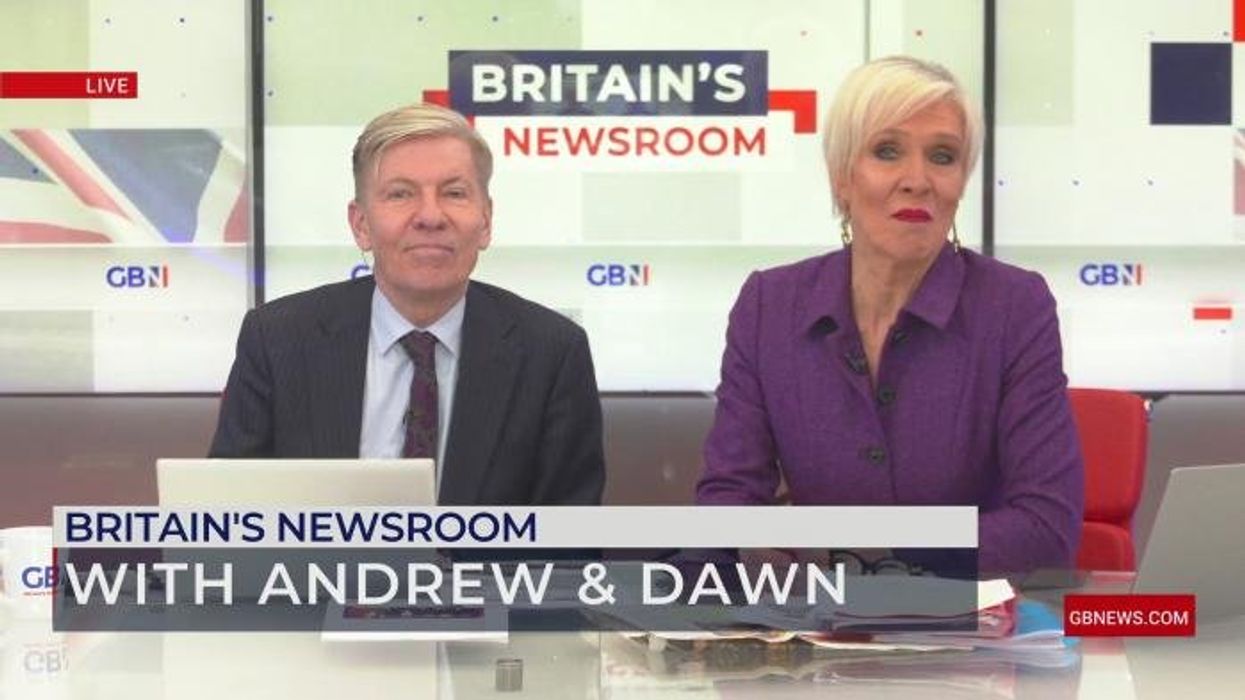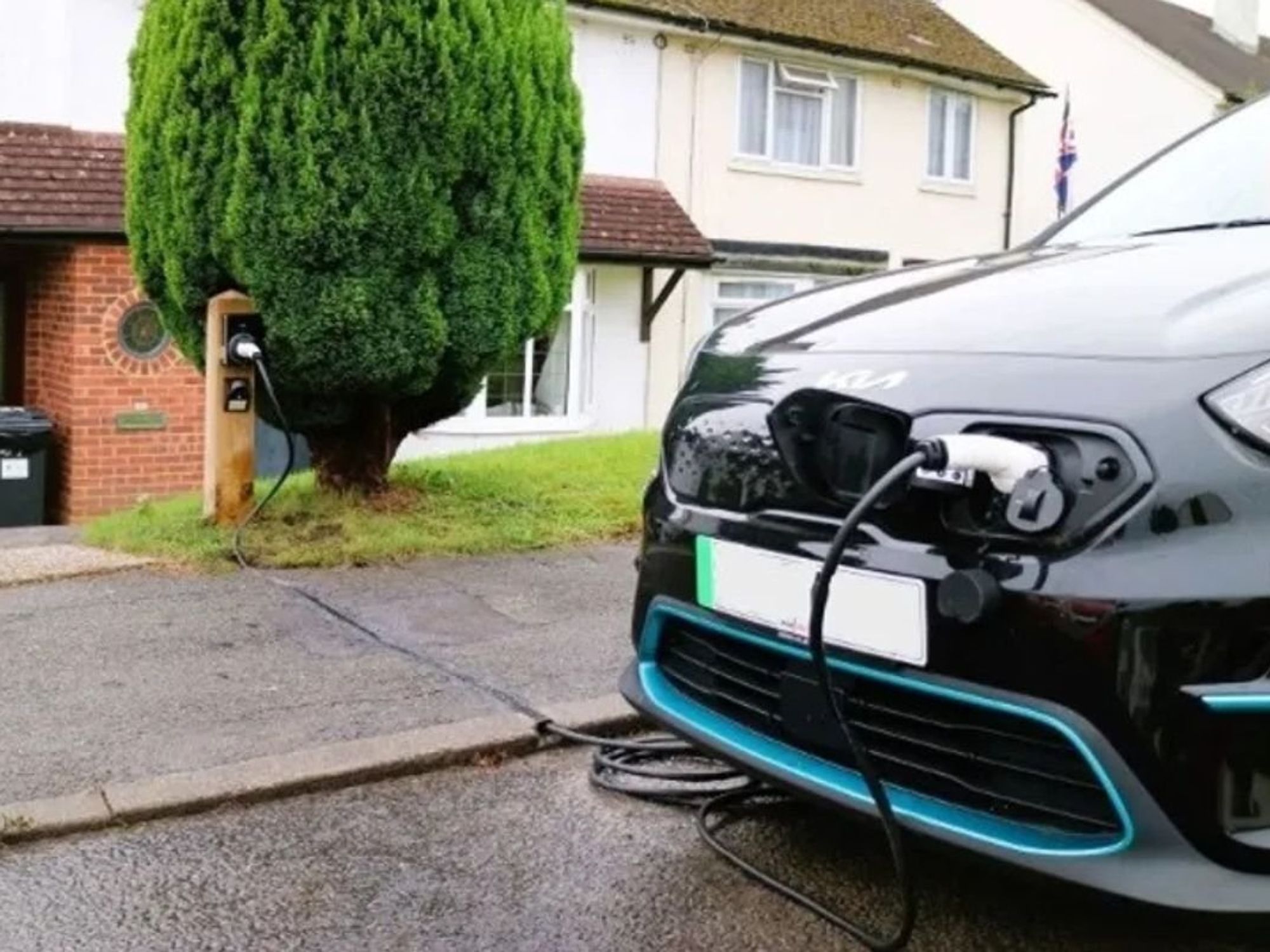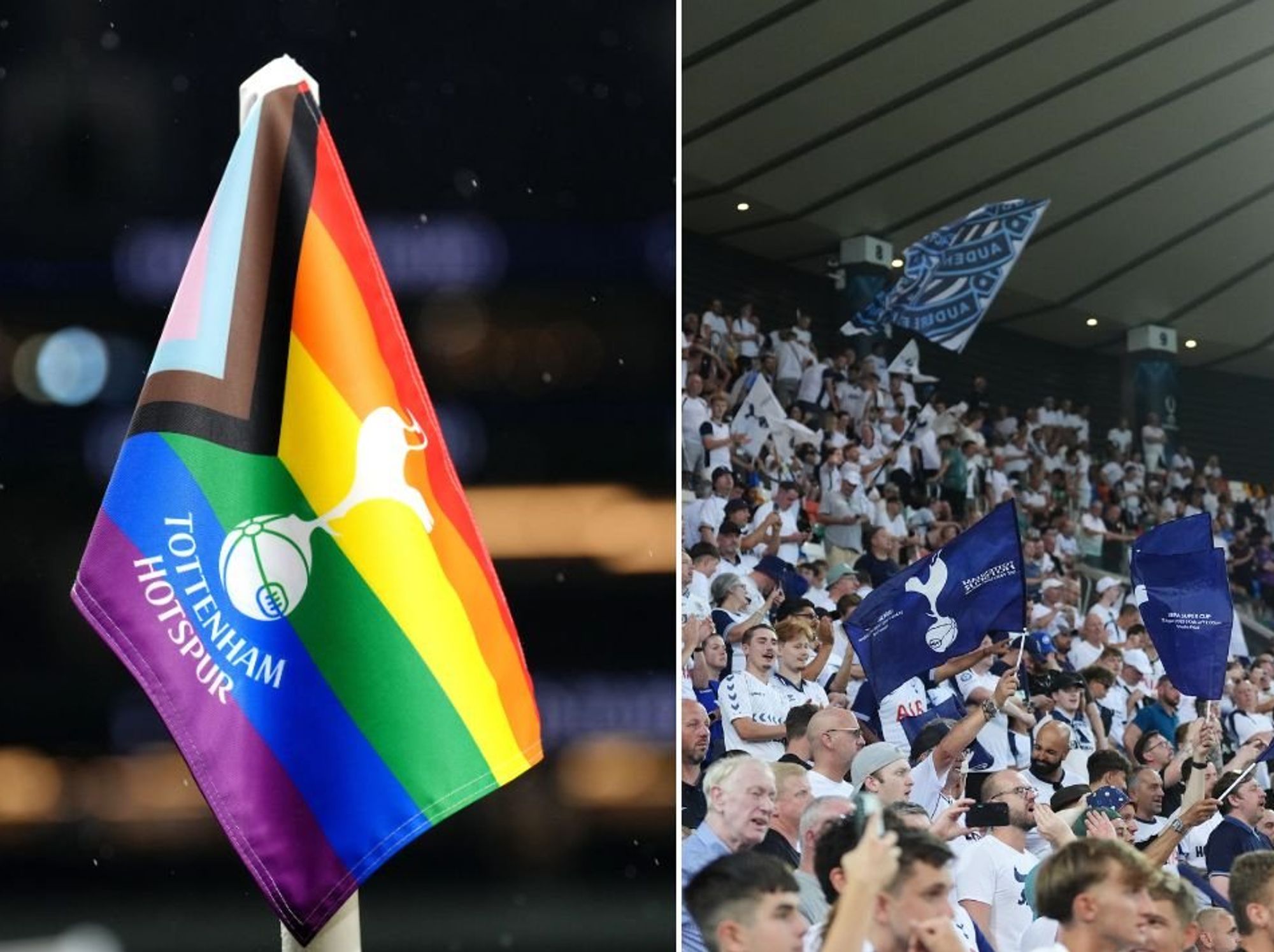Older motorists could see new driving law changes as Labour looks to crack down on headlight glare

Four in five drivers have struggled with headlight glare on UK roads
Don't Miss
Most Read
More than four out of five motorists have been blinded by strong headlight beams, with elderly drivers particularly affected by the growing problem that has prompted calls for legislative reform.
It follows fresh research which revealed that 82 per cent of drivers have concerns about headlight dazzle, while a quarter of those impacted by excessively bright lights have curtailed their night-time driving.
An additional 22 per cent of drivers were found to wish they could reduce evening journeys, but reported having no alternative.
But more worryingly, the issue disproportionately affects senior drivers, with optometrists reporting increased complaints from older patients struggling with glare from modern vehicles.
TRENDING
Stories
Videos
Your Say
This has sparked a campaign involving motoring organisations, eye health professionals and parliamentarians pushing for regulatory changes to address what many consider a mounting road safety crisis.
Excessive headlight brightness emerged as the primary factor making motorists anxious about night-time driving, according to the RAC survey findings.
Among the 38 per cent who reported feeling nervous when driving after dark, three-quarters identified glaring headlights from approaching vehicles as their main concern.
By comparison, 63 per cent struggled with identifying road hazards in darkness, whilst 41 per cent found it challenging to assess other vehicles' speeds accurately.
A third of nervous drivers reported difficulty gauging distances between vehicles at night, and nearly a quarter simply felt their confidence diminished during evening journeys.
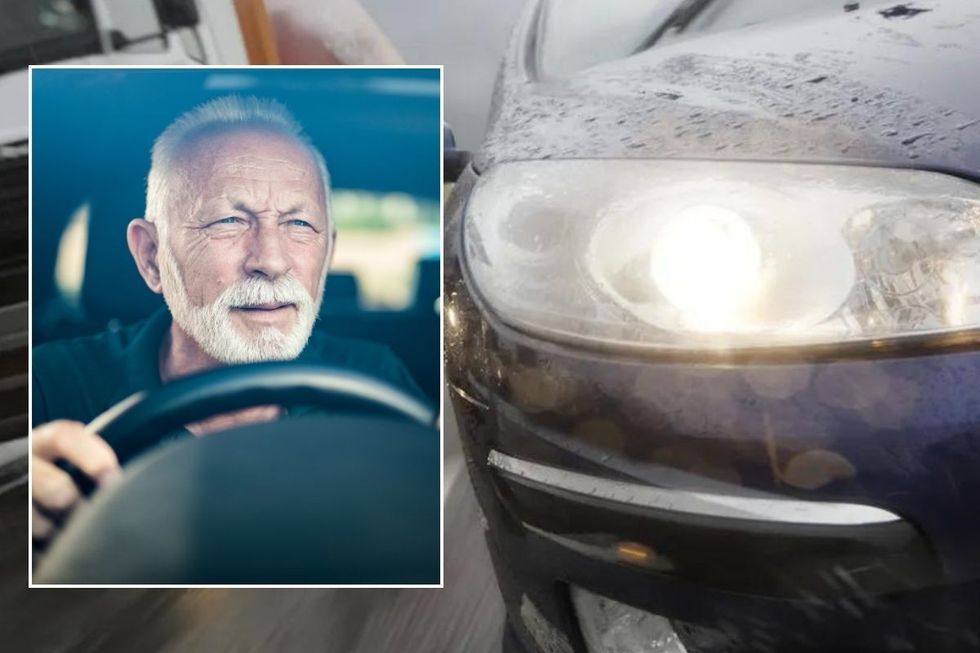
Experts have highlighted the continued issues with bright LED headlights on the road
| GETTYRAC senior policy officer Rod Dennis said: "Unfortunately, for a lot of drivers, the annual onset of darker evenings coincides with another unwelcome arrival, that of overly-bright headlights that they believe make driving more difficult due to dazzle and discomfort."
The research underscored how modern headlight technology has transformed from a minor irritation into a significant factor affecting driver behaviour and road safety across Britain.
Last year, in response to complaints, ministers ordered an independent investigation into headlight glare, with findings from Transport Research Laboratory expected imminently following months of on-road testing and scientific analysis.
The study, which ran from October 2024 through spring 2025, examined multiple factors, including vehicle types, weather conditions and ambient lighting to understand what creates dangerous glare levels.
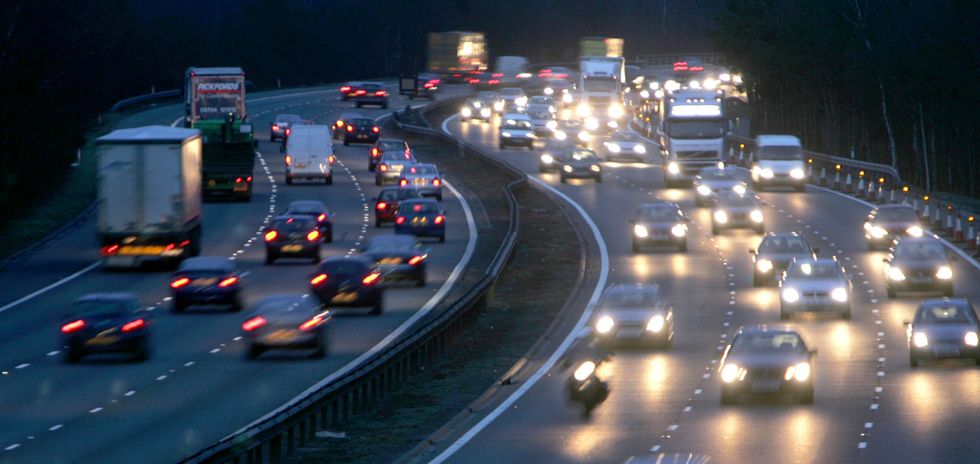 Bright headlights are often identified as one of the most serious problem on UK roads | PA
Bright headlights are often identified as one of the most serious problem on UK roads | PALATEST DEVELOPMENTS:
- Rachel Reeves warned of major damage if Budget includes car tax changes - 'Hardly a fair or smart move!'
- Chinese brand Geely launches in UK with 'strong ambitions' including rival to Labour's Electric Car Grant
- UK car industry 'under immense pressure' as production drops after Jaguar Land Rover cyber attack
A Department for Transport spokesperson shared: "We commissioned independent research to better understand the causes and impact of glare, which will inform new measures in the upcoming Road Safety Strategy."
The DVSA has already intensified enforcement against illegal aftermarket LED bulbs, with offenders facing penalties up to £1,000.
Meanwhile, Denise Voon, clinical adviser at The College of Optometrists, explained that patients are "telling us more frequently that headlight glare from oncoming vehicles is affecting their ability to see clearly while driving, particularly at a time when brighter LED headlamps and larger SUV-type vehicles have become more common on the roads."
Nicholas Lyes from IAM RoadSmart warned: "Sadly, the impact of headlight glare is now also a worry for motorists, so much so that the evidence suggests many are reducing their driving in the evenings.

The DVSA data revealed that 1.6 million vehicles failed their MOT tests due to incorrect headlights
| GETTYMultiple factors contribute to the headlight glare epidemic, with modern LED technology producing significantly brighter beams than traditional halogen bulbs.
These lights emit 200 lumens per watt compared to just 24 lumens from older systems, while their bluer, whiter colour temperature creates more intense visual impact.
The proliferation of SUVs compounds the problem, as their elevated headlight positions shine directly into lower vehicles' windscreens.
Government data revealed that 1.6 million vehicles failed MOT tests in 2022 due to misaligned headlights, while illegal aftermarket LED conversions further exacerbate the issue.
Eye health experts recommend keeping windscreens and glasses clean, adjusting mirrors to minimise rear glare, and briefly glancing towards the kerb when confronted by bright lights
Labour MP Peter Lamb for Crawley is set to lead a Westminster Hall debate on the issue tomorrow at 4:30pm, where transport ministers will be required to respond to mounting public pressure for action.


